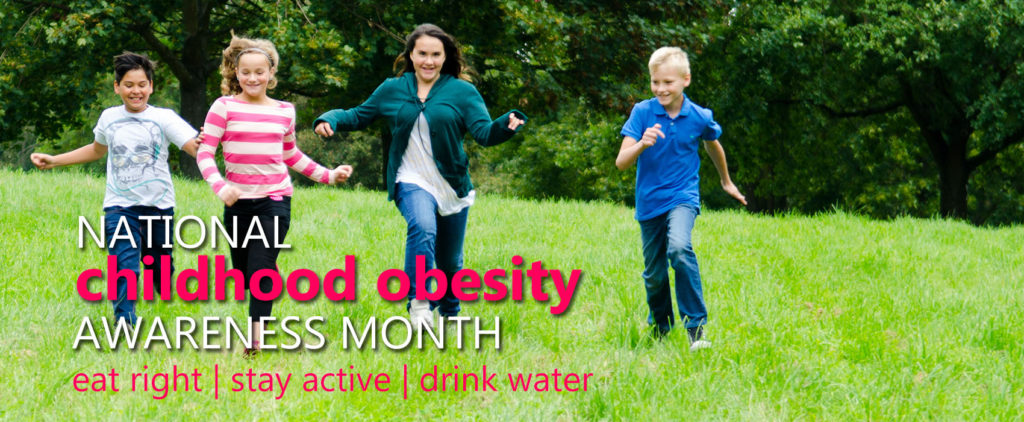
According to The Office of Disease and Health Promotion One in 3 children in the United States is overweight or obese. Childhood obesity puts kids at risk for health problems that were once seen only in adults, like type 2 diabetes, high blood pressure, and heart disease. The good news? Childhood obesity can be prevented.
The CDC states that Childhood Obesity Is a Major Public Health Problem.
- Children with obesity are at higher risk for having other chronic health conditions and diseases, such as asthma, sleep apnea, bone and joint problems, and type 2 diabetes. They also have more risk factors for heart disease like high blood pressure and high cholesterol than their normal weight peers.
- Children with obesity can be bullied and teased more than their normal weight peers. They are also more likely to suffer from social isolation, depression, and lower self-esteem.
- Children with obesity are more likely to have obesity as adults. This can lead to lifelong physical and mental health problems. Adult obesity is associated with a higher risk of type 2 diabetes, heart disease, and many types of cancers.
Childhood Obesity Is Influenced by Many Factors
Many factors can have an impact on childhood obesity, including eating and physical activity behaviors, genetics, metabolism, family and home environment, and community and social factors. For some children and families, obesity may be influenced by the following:
- too much time spent being inactive
- lack of sleep
- lack of places to go in the community to get physical activity
- easy access to inexpensive, high calorie foods and sugary beverages
- lack of access to affordable, healthier foods
There Are Ways Parents Can Help Prevent Obesity and Support Healthy Growth in Children
To help ensure that children have a healthy weight, energy balance is important. There are many things parents can do to help their children achieve a healthy weight and maintain it.
- Be aware of your child’s growth. Learn how obesity is measured in children and use CDC’s Child and Teen BMI Calculator to screen your child for potential weight issues.
- Provide nutritious, lower-calorie foods such as fruits and vegetables in place of foods high in added sugars and solid fats. Try serving more fruit and vegetables at meals and as snacks.
- Make sure drinking water is always available as a no-calorie alternative to sugary beverages and limit juice intake.
- Help children get the recommended amount of physical activity each day. Find age appropriate activities here.
- Be a role model! Eat healthy meals and snacks, and get the right amount of physical activity every day.
- Learn what you can do to help shape a healthy school environment
How can National Childhood Obesity Awareness Month make a difference?
We can all use this month to raise awareness about the obesity epidemic and show people how they can take steps toward a solution.
Here are just a few ideas:
- Encourage families to make small changes, like keeping fresh fruit within reach or going on a family walk after dinner.
- Motivate teachers and administrators to make schools healthier. Help them provide healthy food options and daily physical activities for students.
- Ask doctors and nurses to be leaders in their communities by supporting programs to prevent childhood obesity.
Quick Links:
https://www.cdc.gov/features/childhoodobesity/index.html
https://healthymeals.fns.usda.gov/features-month/september/national-childhood-obesity-awareness-month
